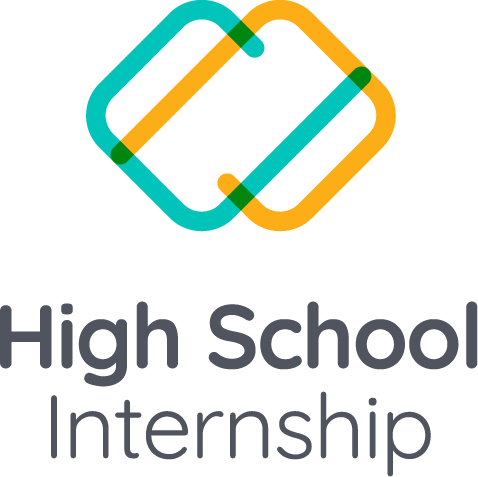As the use of Artificial Intelligence (AI) tools becomes more prevalent in various domains, including education, it is crucial to assess their efficacy and impact. Traditional assessment methods may fall short in evaluating AI tools, as they often require a collaborative approach that involves stakeholders from multiple perspectives. In this blog post, we will explore a collaborative method for assessing AI tools, ensuring a comprehensive evaluation that considers the needs of all involved parties.
Establish a Diverse Assessment Team
To begin the collaborative assessment process, assemble a diverse team of stakeholders. This team should include educators, administrators, students, and IT professionals, ensuring representation from all the key groups affected by the implementation of AI tools. The collective expertise and varied perspectives will contribute to a well-rounded assessment process.
Define Assessment Objectives and Criteria
Clarify the objectives of the assessment and establish clear criteria for evaluating the AI tools. Consider the specific goals and expectations you have for the tools, such as improving learning outcomes, enhancing efficiency, or promoting student engagement. Develop criteria that align with these objectives, taking into account factors like usability, accessibility, effectiveness, privacy, and ethical considerations.
Collect and Analyze Data
Gather data from various sources to inform the assessment process. This can include both quantitative and qualitative data. Quantitative data might include usage statistics, performance metrics, and user feedback, while qualitative data can be collected through surveys, interviews, focus groups, and observations.
Analyze the collected data to gain insights into the effectiveness and impact of the AI tools. Look for patterns, trends, and recurring themes to understand the strengths, weaknesses, and areas for improvement.
Facilitate Collaborative Discussions
Organize collaborative discussions and workshops with the assessment team to share and analyze the data collected. Encourage open and constructive dialogue among team members, allowing them to voice their perspectives, concerns, and suggestions regarding the AI tools.
These discussions can focus on various aspects, such as the usability of the tools, the alignment with educational goals, the impact on teaching and learning practices, and the ethical implications. Seek consensus on the strengths and weaknesses of the AI tools based on the assessment criteria defined earlier.
Iterative Evaluation and Feedback
The collaborative assessment process should be iterative, allowing for ongoing evaluation and feedback. Implement a feedback loop where the assessment team can provide regular updates, revisit previous assessments, and monitor the progress of improvements made based on the evaluation findings.
Encourage the team to provide constructive feedback and suggest adjustments or modifications to the AI tools based on their assessment. Iterative evaluations ensure that the tools are continuously refined and aligned with the evolving needs of the educational environment.
Incorporate User Perspectives
In addition to the assessment team, it is crucial to include perspectives from end-users, such as students and teachers, in the evaluation process. Collect feedback and insights directly from those who interact with the AI tools on a daily basis. This feedback can be gathered through surveys, focus groups, or individual interviews.
Incorporating user perspectives ensures that the assessment process considers the usability, user experience, and impact of the AI tools on those who rely on them for teaching and learning.
Assessing AI tools in an educational context requires a collaborative approach that involves a diverse team of stakeholders. By establishing clear assessment objectives, collecting and analyzing data, facilitating collaborative discussions, incorporating user perspectives, and implementing iterative evaluations, you can comprehensively assess the efficacy and impact of AI tools. This collaborative method ensures that the assessment process reflects the needs and perspectives of all involved parties, leading to informed decisions regarding the implementation and refinement of AI tools in education.


